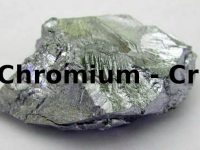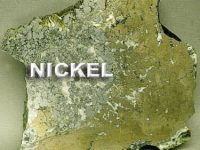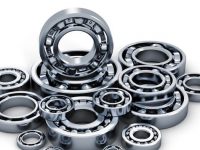Sources of Silver Silver is a wear metal used as an overlay on some bearings, such as journal bearing for gas turbines or wrist pin bearings on EMD locomotive engines. Silver from these parts will increase disproportionately with iron. Zinc additized oils will accelerate the corrosion of silver in these applications, therefore the use of…
Read more
Sources of Silver







